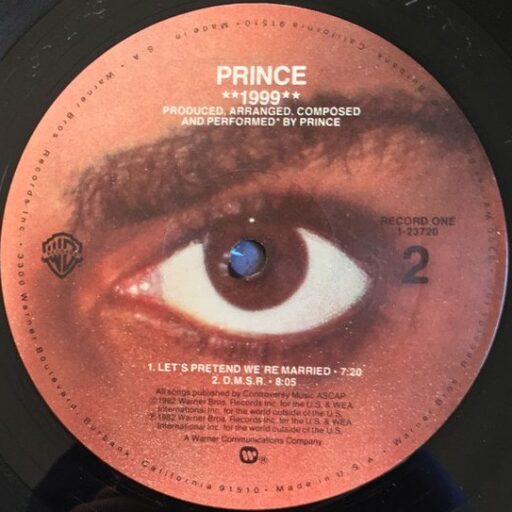Tag: beach boys
-
Darling Nikki
“Darling Nikki” would become Purple Rain’s standard-bearer for the “danger” of Prince albums past.
-
Lisa
“Lisa” points the way forward to the kind of electronic music we’d later hear on and around the 1999 album… even in the midst of engineering his second big reinvention, Prince already had a third one on deck.
